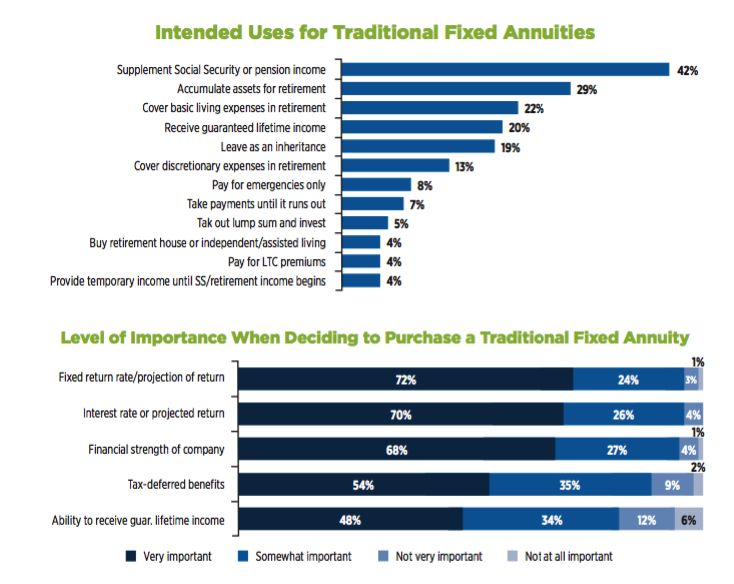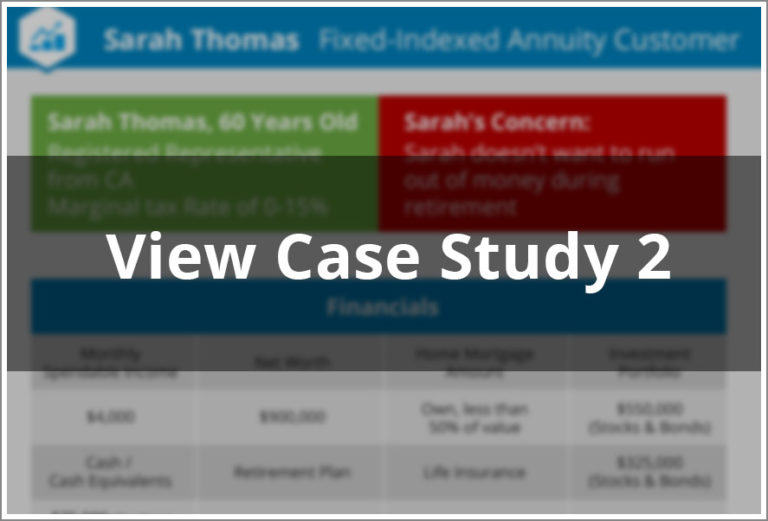Fixed Index Annuities
Fixed Index Annuities
The fixed index annuity combines tax deferral and the potential for interest based on positive changes of an external index without actual participation in the market.
A fixed index annuity may offer a choice of indexes. The insurance company uses a crediting method to track the performance of the index(es) during a specified time period, which is typically one contract year but could be multiple contract years. At the end of each time period, the company calculates the indexed interest. If the result is positive, the annuity is credited interest up to a predetermined amount. If the result is negative, nothing happens, and the annuity’s value doesn’t decline. In addition to potential indexed interest, you may also have the option to receive fixed interest.
Like a traditional fixed annuity, under current federal income tax law, any interest earned in a fixed index annuity is tax-deferred until you begin receiving money from your contract. If you purchase a fixed index annuity with after-tax dollars, you will only pay ordinary income taxes on your interest earnings (not on premium payments) when you begin withdrawing money.
Some fixed index annuities allow you to withdraw credited interest without penalty up to a certain amount each year. However, withdrawals will reduce the contract value and the value of any protection benefits. Be aware that withdrawals in excess of the “free” amount each year and during the contract’s surrender charge period may incur a surrender charge.
Most fixed index annuities have components that help determine how much interest can be credited in a given year. The most common are:
Participation Rate. A participation rate determines what percentage of the index increase is used to calculate your indexed interest. For example, if the insurance company sets the participation rate at 80 percent, your fixed index annuity will be credited with interest based on 80 percent of any increase in the value of the external index.
Spread. The spread is a percentage that is subtracted from any increase in the value of the index during the term period. For example, if the annuity has a 4 percent spread and the index increases 10 percent, then the annuity would be credited 6 percent.
Interest Rate Cap. Some fixed index annuities set a maximum interest rate (or cap) that the contract can earn in a specified period. If the index increase exceeds the cap, the cap is used to calculate the credited interest.
➢ A fixed index annuity is designed to provide a combination of benefits that can give you confidence in your retirement income strategy. Whether the market is up, down or flat, the fixed index annuity provides protection of your principal and any credited interest from possible market downturns and the potential for interest linked to the performance of a market index. As long as you abide by the terms of the contract, your principal is protected against market loss and any credited interest is locked in at the end of each term period and cannot be taken away as a result of a future market downturn.
Should you include a fixed index annuity in your financial plan? Get the advice you need by turning to our expert financial planner. Contact us today to get started!














